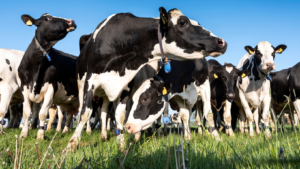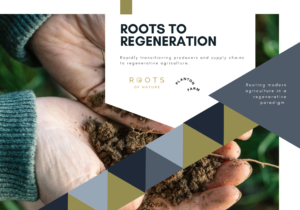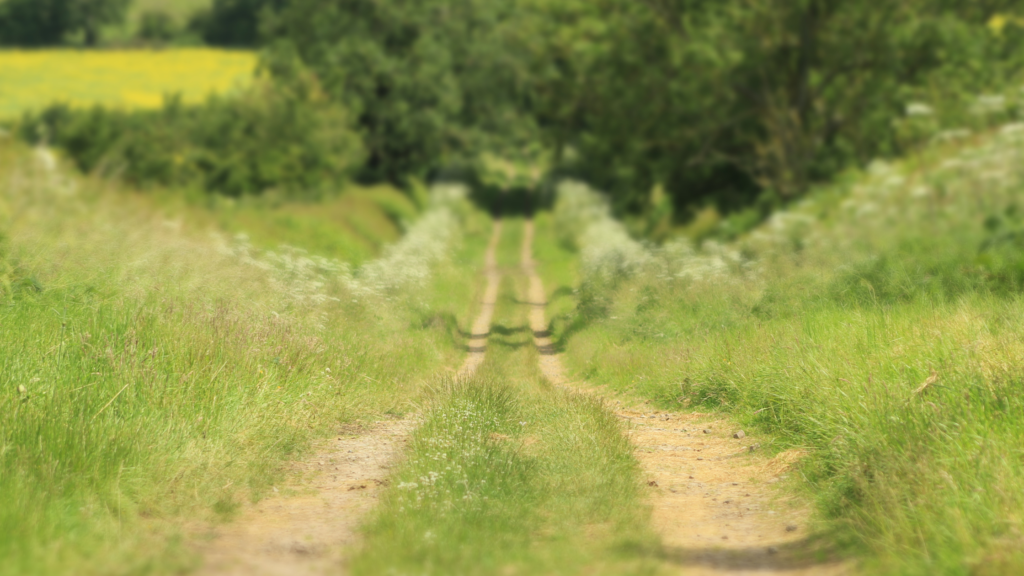I have been a consultant and coach in regenerative farming for about 7 years now. I can tell in the early days of this career path it was HARD! Very few people had heard of regenerative farming, and most were unconvinced by the – seemingly – bold claims.
I was once referred to as a ‘snake oil salesman’ by a rather grumpy gamekeeper, and I can tell you, I have lost count of the number of landowners who have confidently claimed; ‘that stuff won’t work here’ before they really took the time to understand what ‘that’ actually was!
Thankfully, the times, they are a changing, and this year has seen dozens of different regenerative courses and offerings popping up all over the UK. It turns out that regenerative farming can, in fact, work everywhere – just like nature does.
Unfortunately, along with the ‘regen rush’ comes a fair share of greenwashing and the inevitable calls to standardise and simplify it.
And this is where I dig my heels in like a stubborn mule.

Regenerative agriculture comes from a new paradigm of farming that emerged in response to the failing (for nature and people) mechanistic, linear thinking, command and control paradigm of the green revolution.
To have success in and fully benefit from regenerative farming, we must develop the mindset of the paradigm as well as adopt the practices.
Those calling to simplify the complex process of adopting regenerative farming by encouraging farmers to just copy the ‘proven’ practices on their existing farming system have missed the point entirely. At worst, they could be setting farmers up for failure.
There is a good chance that a farm adopting regenerative practices was designed from the mechanistic thinking and reductionist science dominating farming for the last 30 years. If so, then the farm’s soils will be devoid of living organisms, the plants will be designed to thrive off artificial soluble nutrients the livestock genetically selected for production traits requiring high energy and protein and a high level of digestibility – the layout and ecological heterogeneity of the farm will have been simplified.
Encouraging this type of farmer to try mob grazing and quit using artificial fertiliser will have results similar to if I tried to ‘go green’ by plugging in a solar thermal panel to my gas boiler in an attempt to heat my water. It’s been designed as a whole different system, and you can’t just change one part of it and expect good results!

Farming is a tough game to be in at the moment, and regen offers a glimmer of hope in an otherwise uncertain future. It is inevitable that pressured farmers are going to want to fast-track the process by jumping on the intensive day course or watching a few of the ‘10 simple steps’ type videos on YouTube to learn how to do ‘it.’
I’m sorry to be the bringer of bad news but that could actually be the slowest route to regenerative agriculture.
You see, there is no one-size-fits-all ‘it.’
Regenerative agriculture is an agroecological approach where we take the principles of how nature works and apply it to our entirely unique context.
Everything about your farm is different from the inspiring guy on YouTube.
Your farm’s biome, geology, soil type, land use history, natural habitats, sward composition, farm layout, aspect, exposure, legal designations, public access, boundaries, water infrastructure and access tracks are as unique as a fingerprint.
The people running the farm, their aspirations and needs, the importance of the relationships, the willingness to work long hours or employ staff, have holidays or time for the children. And most importantly the thing that fires you up enough to turn out day after day in rain, hail, snow and wind is different for all of us.
And then there’s the economics. Do you want the most profitable enterprise with a team of staff driving it or do you want a sustainable income with enough room for investing and growing but evenings and weekends free. You might even be an older couple looking to create a farm based lifestyle growing healthy food for yourselves and aren’t too concerned about profits as long as it doesn’t lose money.
All of the above options could be included in a regenerative farming system, but ‘i t’ will look completely different from place to place.
t’ will look completely different from place to place.
Sure, we can get hints and tips from these amazing people but just like trying to farm seabass in a freshwater lake, it might not work very well in your biome and unique ecological conditions, and repeatedly trying and failing could set you back years in time and money.
So what is the alternative?
To put in the hard work ‘up front’ to work out what your unique regenerative context is, learn all the principles and patterns of regenerative farming and then design the right regenerative plan for you, your landscape and your family. This doesn’t mean there won’t be trial and error – feedback and adaptation is absolutely part of this process – but we are doing the deep thinking and undertaking a design process to get us off to a great start.
Roots to Regeneration is this program. As far as we know, it is the most comprehensive regenerative farming transition package on the market. We believe we can accelerate a farm’s transition to successfully adopting regenerative agriculture by taking this training, coaching and design approach. We use specific and deliberate sequences of training and application followed by feedback to facilitate the mindset shift required to work with an agroecological approach.
After the year-long program, you will look at the world in a different way, have all of the knowledge of how to make regenerative agriculture work and have designed your farmland plans, grazing plans, proactive animal health plans and have a monitoring program to measure your success. You will have developed within a close team of regenerative peers who will support your ongoing regenerative transition and will have lifeline access to the materials and free coaching clinics.
This is a truly life-changing experience, but it’s not for those who are just thinking of dabbling a bit. It is an in-depth and time-committing program that will give you optimal results.

Want to know more?
Take a look at our web page where you can sign up to learn more or book a short introductory call with the R2R team to see if this approach could be a good fit for you.
